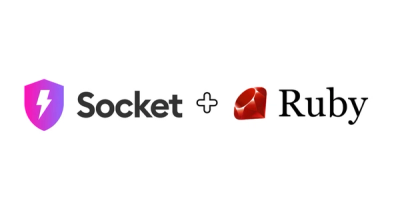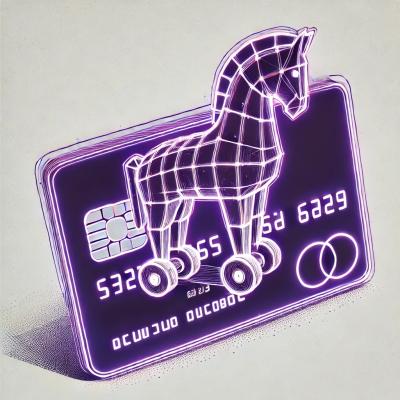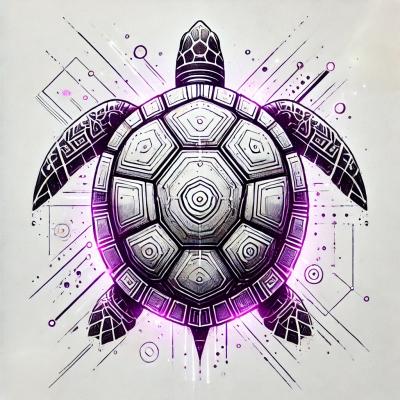
Product
Rubygems Ecosystem Support Now Generally Available
Socket's Rubygems ecosystem support is moving from beta to GA, featuring enhanced security scanning to detect supply chain threats beyond traditional CVEs in your Ruby dependencies.
@cloudmosaic/quickstarts
Advanced tools
Demo https://quickstarts.netlify.app/
Note: These instructions can change over time as the module gets more refined
`yarn add @cloudmosaic/quickstarts @patternfly/patternfly`
or
`npm install @cloudmosaic/quickstarts @patternfly/patternfly`
The package currently has these peer dependencies:
"react": ">=16.8.0",
"react-dom": ">=16.8.0",
"@patternfly/patternfly": ">=4.87.3",
"@patternfly/react-core": ">=4.97.2"
Additionally for styles the package depends on (might bundle these up as vendor.css in the future):
@patternfly/patternfly
@patternfly/react-catalog-view-extension
In your web-apps entry point, add this (these should be imported before modules from the package are imported):
import '@patternfly/patternfly/base/patternfly-shield-inheritable.css';
import '@patternfly/patternfly/patternfly.min.css';
import '@patternfly/patternfly/utilities/Accessibility/accessibility.css';
import '@patternfly/react-catalog-view-extension/dist/css/react-catalog-view-extension.css';
import '@cloudmosaic/quickstarts/dist/quickstarts.css';
In your main app file wrap your application:
import {
QuickStartDrawer,
QuickStartContext,
QuickStartCatalogPage,
useValuesForQuickStartContext,
useLocalStorage,
QuickStartContextValues,
QuickStartContext,
} from '@cloudmosaic/quickstarts';
// for how these yaml files should look see below
import quickstartOne from '.yamls/quickstart-one.yaml';
import quickstartTwo from '.yamls/quickstart-two.yaml';
const App = () => {
const allQuickStarts = [quickstartOne, quickstartTwo];
const [activeQuickStartID, setActiveQuickStartID] = useLocalStorage('quickstartId', '');
const [allQuickStartStates, setAllQuickStartStates] = useLocalStorage('quickstarts', {});
const { pathname: currentPath } = window.location;
const quickStartPath = '/quickstarts';
const valuesForQuickstartContext = useValuesForQuickStartContext({
allQuickStarts,
activeQuickStartID,
setActiveQuickStartID,
allQuickStartStates,
setAllQuickStartStates,
footer: {
showAllLink: currentPath !== quickStartPath,
onShowAllLinkClick: () => history.push(quickStartPath),
},
});
return (
<QuickStartContext.Provider value={valuesForQuickstartContext}>
<QuickStartDrawer>
<div>
<h1>My app</h1>
<button onClick={() => valuesForQuickstartContext.setActiveQuickStart('a quickstart id')}>
Open a quickstart
</button>
<QuickStartCatalogPage />
</div>
<SomeNestedComponent />
</QuickStartDrawer>
</QuickStartContext.Provider>
);
};
const SomeNestedComponent = () => {
const qsContext = React.useContext < QuickStartContextValues > QuickStartContext;
return (
<button onClick={() => qsContext.setActiveQuickStart('a quickstart id')}>
Open a quickstart from a nested component
</button>
);
};
You can highlight an element on the page from the quick start. The element that should be highlightable needs an attribute like this:
data-quickstart-id="highlight-me"
In the quickstart .yaml file, you can add this type of markdown text to target this element:
Highlight [my element]{{highlight highlight-me}}
. To highlight items from a quick start, first the target item needs to have a data attribute: data-quickstart-id="something"
. Then in asciidoc, the trigger element needs to have the data-highlight__something class/role, where the part after data-highlight__ matches the data-quickstart-id of the target
Here are some examples:
link:[Click me to highlight the logo, role="data-highlight__logo"]link:[Click me to highlight the Home nav item, role="data-highlight__home"]You can reduce the size of your CSS bundle by using clean-css-loader and null-loader:
yarn add -D clean-css-loader null-loader or npm install --save-dev clean-css-loader null-loader
In the webpack config:
const isProd = argv.mode === 'production';
const cssLoaders = ['style-loader', 'css-loader'];
if (isProd) {
// push loader for production mode only
cssLoaders.push('clean-css-loader');
}
In the rules array:
{
test: /\.css$/,
use: cssLoaders,
},
{
test: /\.css$/,
include: stylesheet => stylesheet.includes('@patternfly/react-styles/css/'),
use: ["null-loader"]
},
This section will get more info in the future. For now you can view sample yamls here: https://github.com/cloudmosaic/quickstarts/tree/main/packages/dev/src/quickstarts-data/mocks/yamls
FAQs
PatternFly quick starts
We found that @cloudmosaic/quickstarts demonstrated a not healthy version release cadence and project activity because the last version was released a year ago. It has 3 open source maintainers collaborating on the project.
Did you know?

Socket for GitHub automatically highlights issues in each pull request and monitors the health of all your open source dependencies. Discover the contents of your packages and block harmful activity before you install or update your dependencies.

Product
Socket's Rubygems ecosystem support is moving from beta to GA, featuring enhanced security scanning to detect supply chain threats beyond traditional CVEs in your Ruby dependencies.

Research
The Socket Research Team investigates a malicious npm package that appears to be an Advcash integration but triggers a reverse shell during payment success, targeting servers handling transactions.

Security Fundamentals
The Socket Threat Research Team uncovers how threat actors weaponize shell techniques across npm, PyPI, and Go ecosystems to maintain persistence and exfiltrate data.